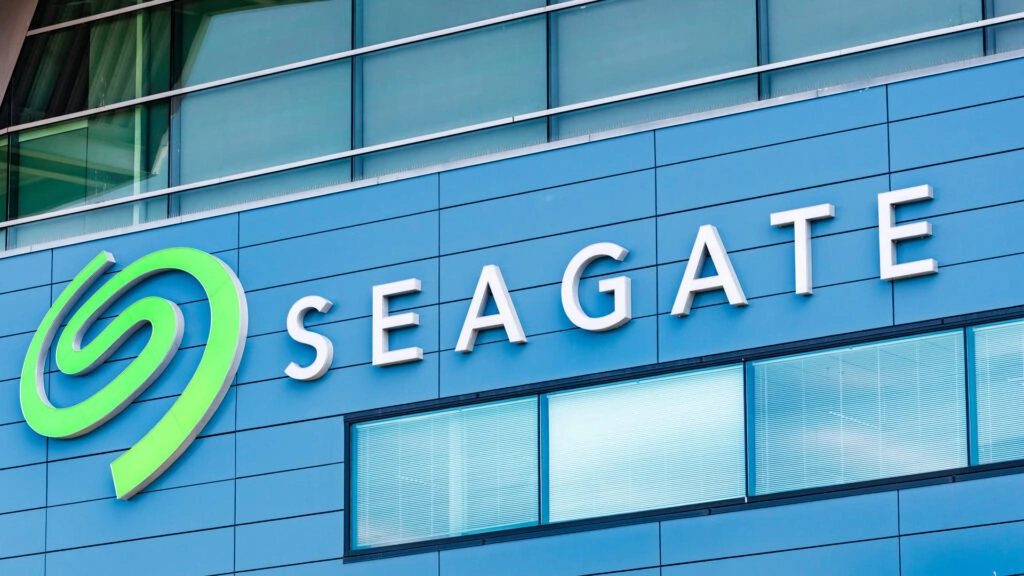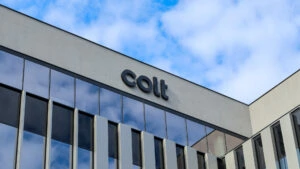Storage specialist Seagate is on the further development of its hard disk technology. According to Ban-Seng Teh, Executive Vice President and Chief Commercial Officer of the company, the manufacturer is aiming to launch a hard disk with a capacity of 100 terabytes by 2030.
This would roughly triple the size of the current top-of-the-range model. The largest hard disk drive currently in the company’s portfolio is the 36-terabyte model from the Exos-M series, which was launched in January.
Data hunger drives demand
“You might ask yourself: Who needs something like this?” Teh commented on the development plans in an interview with CNBC. His answer: “Quite a lot.” The Seagate manager is convinced that there is strong demand, as no other technology is able to provide the required storage capacities for market growth.
The manufacturer is increasingly positioning itself as a supplier for the AI industry. While companies such as Nvidia , which manufacture the graphics processors required for AI training and operation, are primarily benefiting from the current boom in the computer hardware sector, Seagate also sees opportunities for growth.
The reason for this is the enormous hunger for data of modern AI systems, such as those being developed by OpenAI, Microsoft and Google. At the beginning of the year, Microsoft announced investments of around 80 billion dollars in data centers for the financial year ending June 2025.
Data hunger drives demand
However, the expansion of data centers also has an environmental impact. Seagate wants to address climate concerns through two approaches: on the one hand, through increased storage density and, on the other, through more sustainable production. “We are focusing on what we can influence,” explained Teh. The company is aiming to run its production facilities entirely on renewable energy.
The higher density of the storage media should also reduce energy consumption per terabyte. This leads to a smaller footprint and lower power consumption in data centers, as fewer drives are required for the same capacity.
Despite competition from SSD technology, which is based on flash memory chips instead of magnetic disks, Teh sees advantages in conventional hard disks. These are “a much more sustainable device technology” than solid-state drives in terms of sequestered carbon.






